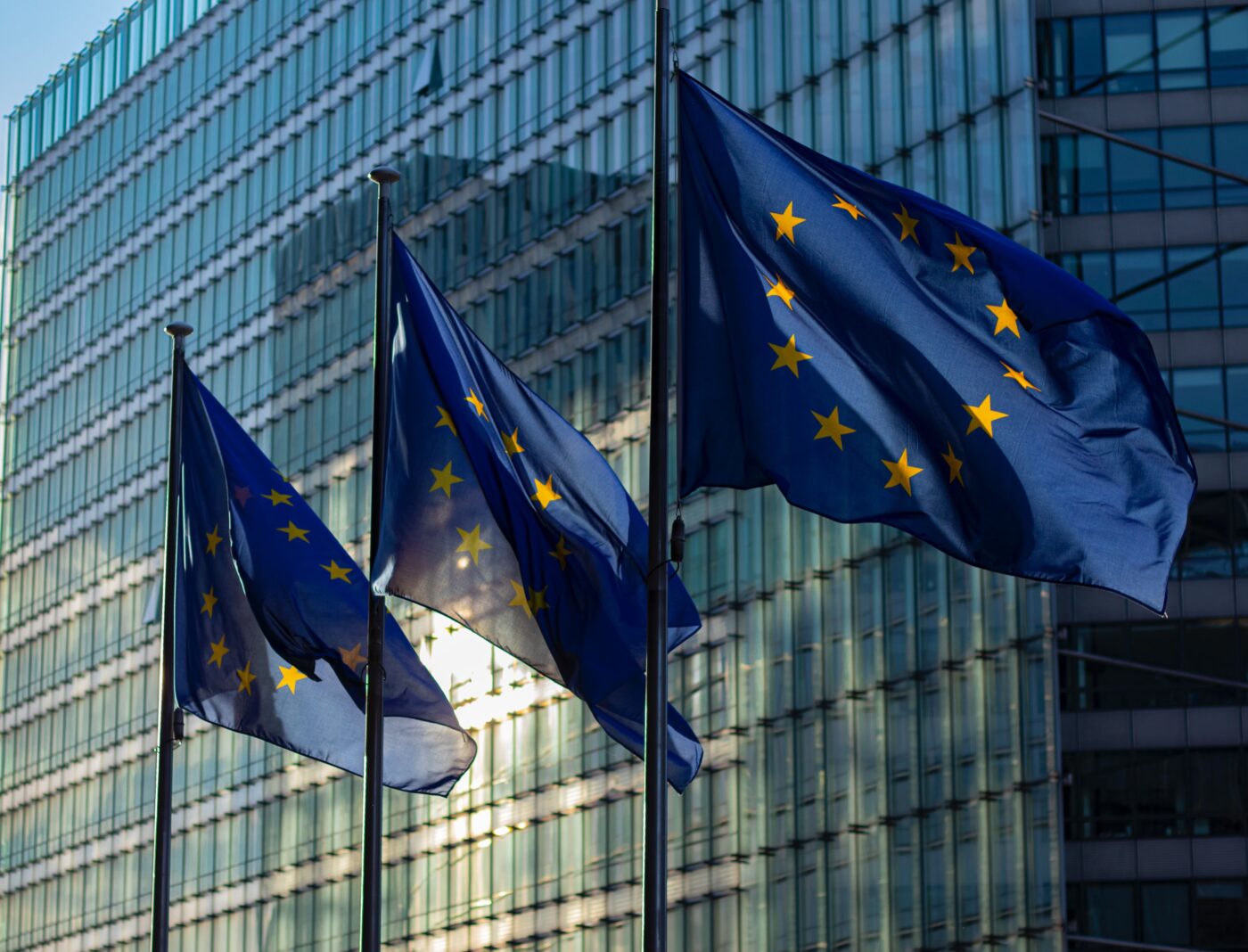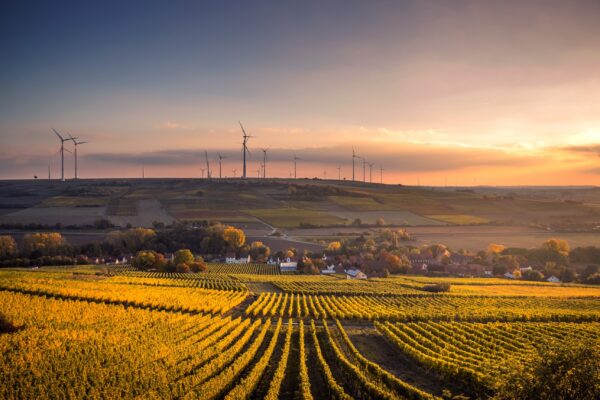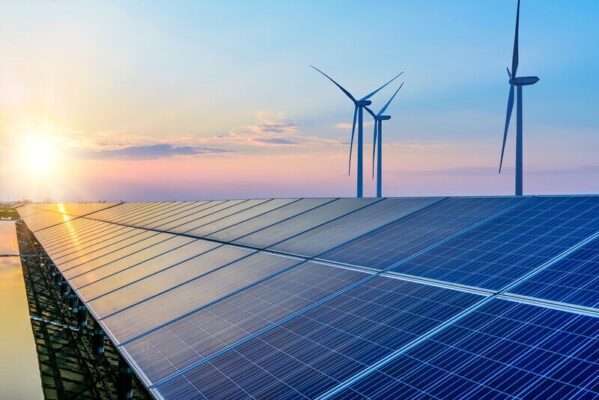The development of the European Union electricity market design began in 1996 as part of the overall integration of the energy market, driven by various legislative packages. This integrated electricity market has resulted in an annual welfare benefit of approximately €34 billion over the past decade.
However, the implementation of measures to improve the market has been slower than expected and has revealed areas that require improvement, emphasizing the importance of continuous implementation for maximizing the benefits of an integrated electricity market.
Furthermore, the energy crisis triggered by Russia’s invasion of Ukraine has highlighted the need to immediately adapt the electricity market to better support the transition to renewable and non-fossil energy sources.
Bold measures
Following a public consultation in early 2023, the European Commission took decisive action by issuing two legislative proposals on March 14, 2023. The goal of these initiatives is to accelerate renewable energy adoption and phase out fossil fuels, reducing reliance on unstable and costly energy sources.
At the end of March, the European Commission welcomed the provisional agreement reached by the European Parliament and the Council, which outlines an ambitious plan to raise the EU’s renewable energy target for 2030 from 32% to a minimum of 42.5% (aiming at 45%). When it comes to the European wind industry, the goal is to double the current installation rate to 30 GW/year.
| Wind in Europe: 2022 (source: Wind Europe)
|
|
| Total wind capacity | 255 GW (225 GW onshore, 30 GW offshore) |
| Total electricity generated | 487 TWh |
| New wind capacity | 19.1 GW, 87% onshore |
| Most onshore wind built | Sweden, Finland, Germany, and France |
| Most offshore wind built | UK |
Redesign in the wind sector
In the context of the European wind sector, a comprehensive market redesign should encompass several key aspects in order for it to be successful.
Firstly, the redesign should prioritize the creation of multiple avenues for wind energy to enter the market. This can be accomplished by implementing various mechanisms, such as two-sided Contracts for Difference (CfDs), Power Purchase Agreements (PPAs), and merchant investments. By offering these options, wind energy developers and investors can explore different models that suit their specific needs, thus driving innovation and competition within the sector.
Additionally, the redesign should facilitate corporate renewable PPAs. These agreements enable companies to buy renewable energy directly from wind farms, increasing demand and supporting the sector’s growth. It also helps companies achieve their sustainability goals.
Another essential aspect of the market redesign should be expanding Europe’s grid infrastructure to accommodate increasing wind energy generation. Investing in advanced grid technologies and interconnections enables efficient transmission and distribution of wind power across regions, minimizing waste and maximizing clean electricity utilization.
Furthermore, the redesign should promote investments in offshore hybrid assets, which combine wind energy with storage or interconnectors. Storage solutions store excess wind power for high-demand periods, while interconnectors enable efficient sharing of wind energy between regions. This enhances the reliability and flexibility of the energy system, optimizing the use of wind resources.
Going forward
The European Commission’s legislative initiatives and ambitious plans for the electricity market design and renewable energy transition demonstrate a positive and hopeful commitment to a sustainable future. The reforms support the growth of the wind industry, maximize the benefits of an integrated electricity market, and address the urgent need for clean energy sources.



